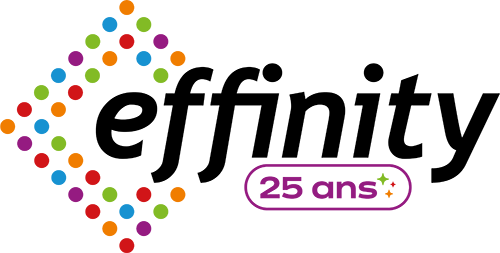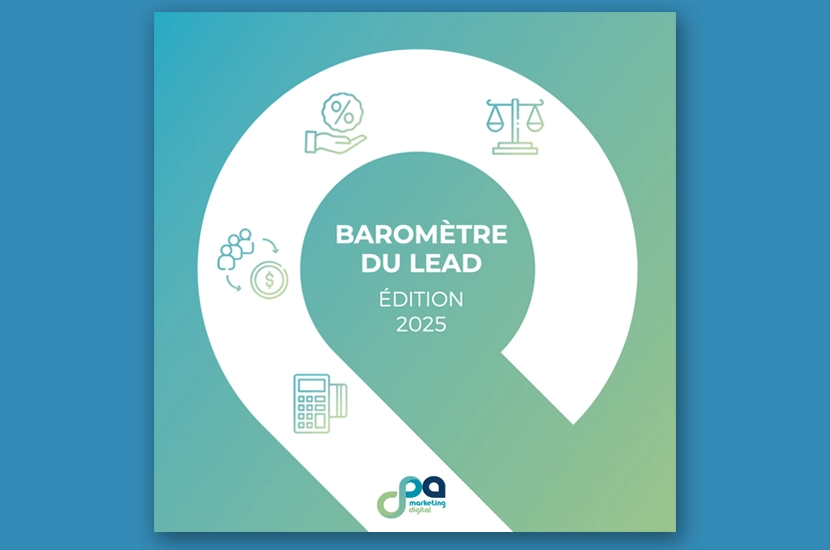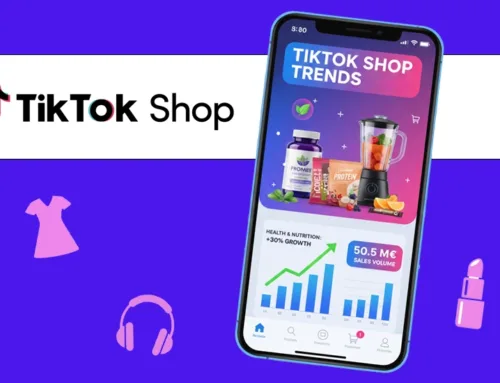Download the Lead 2025 Barometer
Visit Lead 2025 Barometerpublished by the Collectif Pour les Acteurs du Marketing Digital (CPA), offers valuable insight into the trends and challenges of digital marketing, particularly in the field of lead generation. This sixth edition is based on an in-depth study of figures from September 2023 to August 2024, and compiles key data from various B2B and B2C sectors.
Over the years, the Lead Barometer 2025 has become a benchmark for deciphering market trends. The main objective is to provide digital marketing players – whether agencies, platforms or publishers – with sector-specific key performance indicators (KPIs), so that they can assess the performance of their lead generation campaigns. The study also features testimonials from advertisers, who share their expectations and vision of future trends in an uncertain economic climate.
Lead Barometer 2025: trends and prospects in digital marketing
Definition of Lead Management
The Lead Barometer reminds us of the essential definition of a lead: a prospect who has expressed a clear intention to buy and has confirmed their willingness to be contacted. Lead management encompasses the generation, conversion and qualification of leads, as well as their transformation into sales or long-term nurturing. Various levers are mentioned, such as co-registration, display, webinars, retargeting, trade shows, telemarketing, marketplaces, emailing/SMS, social networks, SEO and SEA.
General trends and outlook for lead generation
Several general trends emerge from this barometer. Digitalization continues to transform marketing practices, with a growing importance of AI, personalization, omnichannelity and data. Lead quality is becoming more important than quantity, with an emphasis on pre-qualification and outstanding value. Energy transition and social responsibility are growing concerns for businesses and consumers alike. Finally, agility and adaptation are essential in a constantly changing economic and regulatory context.
The Lead Barometer 2025 thus offers a rich vision of digital marketing, highlighting the challenges and opportunities for players in the sector. It underlines the importance of a strategic approach, focused on quality, personalization and innovation, to succeed in a rapidly changing environment.
Lead generation indicators
The Lead Barometer 2025 reveals the main indicators for evaluating the performance of lead generation campaigns. The data is segmented by industry, providing a precise and detailed view of each market.
- Volume of leads (sold/marketed)
- Conversion rate clicks / leads
- Lead-to-sales conversion rate
- Average CPL (leads sold / marketed)
- Testimonials and analyses from Lead Generation players
This Barometer doesn’t just present figures. It also features testimonials from advertisers and lead generators. This on-the-ground feedback is essential to understanding the challenges and opportunities encountered in lead generation. By highlighting the sectoral visions and analyses of professionals, the Lead Barometer enables everyone to better assess their performance and obtain key information for implementing more effective lead generation strategies.
B2B lead trends by sector
Analysis by sector reveals a variety of dynamics.
- In the industry, digital acquisition remains a strategic lever, with a focus on qualified leads and the use of databases for targeted campaigns. Webinars stand out as an effective tool.
- In the construction industry, the generation of qualified leads is vital in a difficult context, with falling budgets offset by a refocusing on high-ROI initiatives.
- The B2B automotive sector is seeing an increase in the volume of leads, stimulated by the LOM law and more complex purchasing behavior.
- IT/Telecom is a highly competitive market, where AI and personalization are becoming essential.
- Equipment/general services emphasize the importance of employee benefits and outsourced lead generation.
- Finance/management focuses on personalization and social responsibility, while insurance seeks approaches that combine efficiency and personalization.
- Energy prices are normalizing, and companies need to secure their supplies over the long term.
Sectoral trends in B2C leads
- In the B2C automotive transport sector, the French market is marking time, with a decline in new vehicle sales. The emphasis is on campaign agility and performance, with an increase in the leadgen budget for 2025.
- Mutual insurance is undergoing a major transformation, with increased competition from neo-insurers and growing digitalization.
- The finance/taxation sector is marked by economic instability and a growing demand for reassurance on the part of consumers.
- The credit market has been impacted by rising interest rates, but affiliation remains an important lever.
- The telecom sector remains highly competitive, with a growing emphasis on quality content and omnichannel.
- The energy/subscription business is experiencing a revival, with a particular focus on the energy transition and the green scoring of affiliates.
- Lastly, work on housing is marked by a shift towards comprehensive renovation and a need for support for professionals.
A look back at the previous edition of the Barometer
If you’d like to see how things compare, you can also download the Lead 2024 Barometer. As a reminder, last year’s findings were clear: lead generation remains attractive and effective for all types of advertiser, and a major lever for business growth. The Lead Barometer 2024 revealed a clear focus on return on investment (ROI), marking an evolution from previous years. Indeed, in 2023, advertisers expressed a willingness to set higher standards of quality and efficiency, prioritizing optimized ROI rather than simply the quantity of leads generated.
Mis à jour le 7 April 2025
Mis à jour le 7 April 2025




